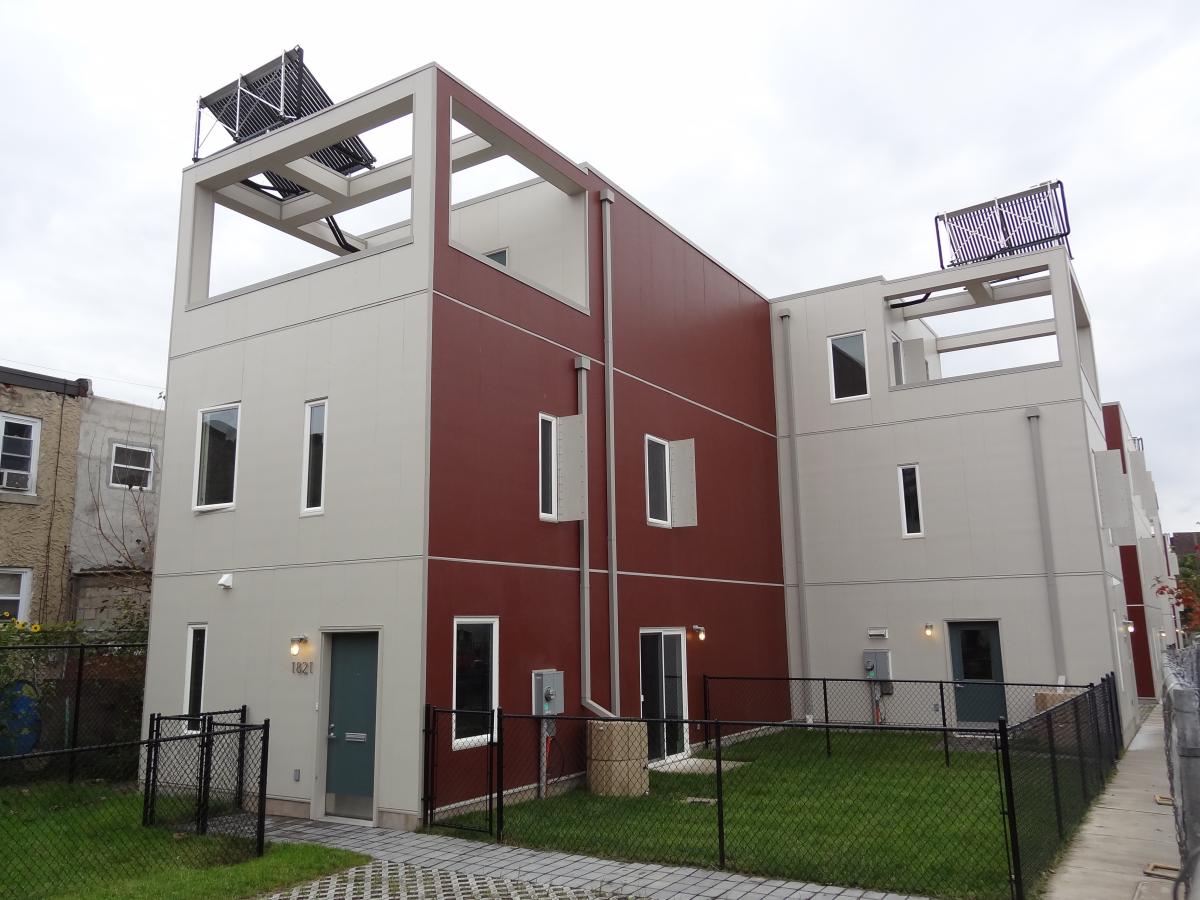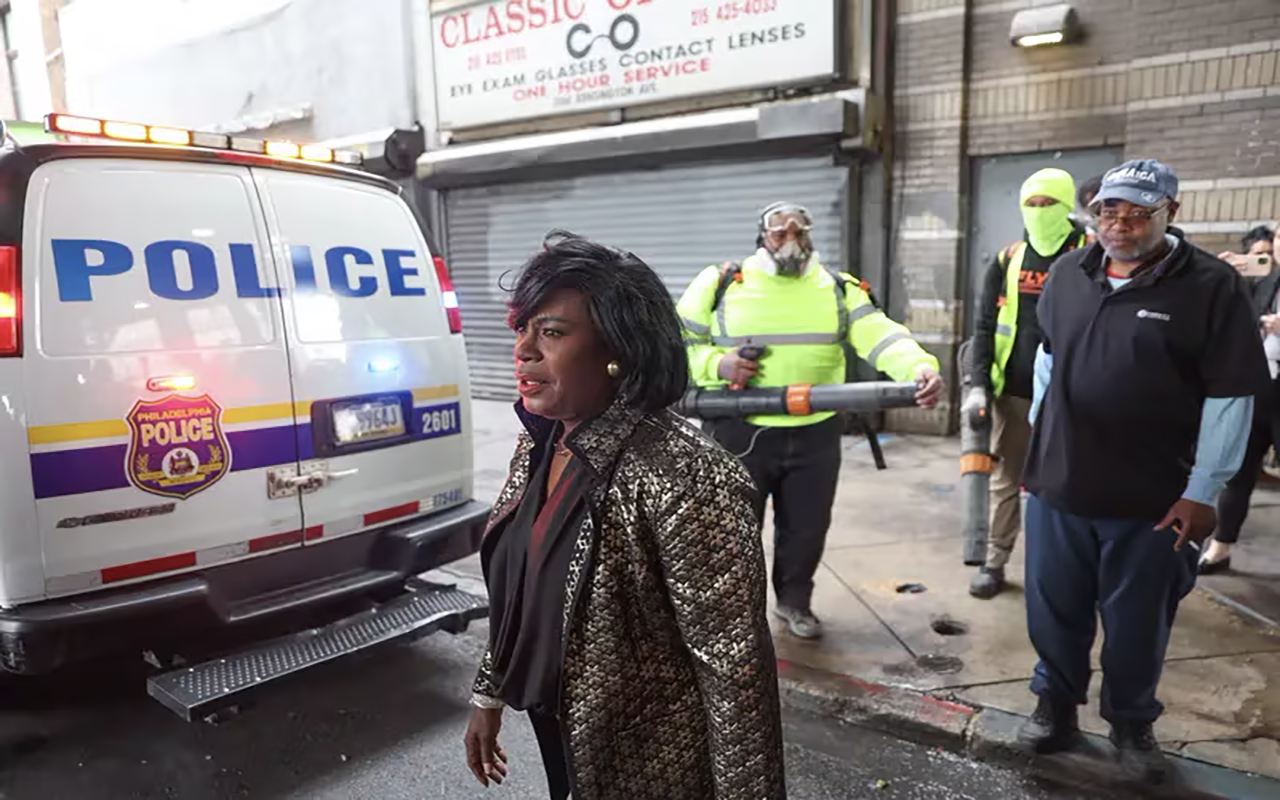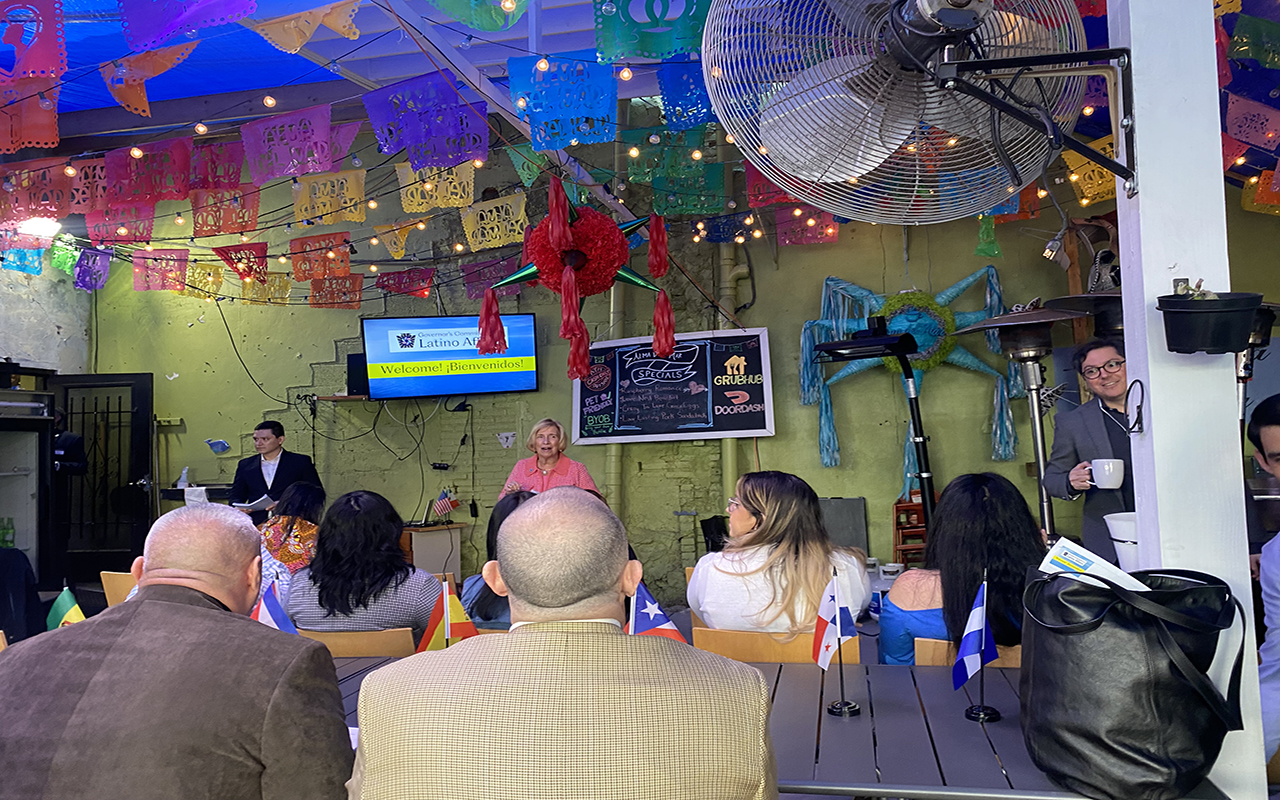
How one Philly neighborhood is fighting gentrification
In the fight for gentrification, success requires community input, active citizens and constant defense against developers looking to change the fabric of the…
At first glance, the modular, solar-paneled houses on Sheridan Street in North Philly might look like a distant cousin of the rising student apartments at the edge of Temple University’s ever-expanding campus blocks away. But APM’s (Asociación Puertorriqueños en Marcha) latest developments — the Sheridan Street homes and the mixed-income, LEED-certified Paseo Verde apartment building on 9th Street — differ not based on design, but who is living within their walls.
The neighborhood surrounding Sheridan Street is caught in a gentrification crossfire as student housing inches east and development in Fishtown and Kensington creeps west. It's ground zero in the battle to sustain the area's Latino identity. In that fight, success isn’t just about actively improving a neighborhood for those already living there — whether developing mixed-income housing to ensure socioeconomic diversity, offering home improvements to long-term residents to increase equity, or working with the neighbors to decide what development is needed or should be next. Fighting gentrification is about playing defense.
That’s according to Angel Rodriguez, Vice President of Community and Economic Development at APM. The organization has developed areas once deprived of investment — a dirt lot here, an abandoned lot there — creating a market for buyers looking for an affordable home outside gentrified areas like Spring Garden or Fairmount. But successful development is only half the battle, Rodriguez said.
“Developers come from outside. They don’t live in the neighborhood, they have no understanding of what’s going on in the neighborhood. They’ll tell some unsuspecting senior or homeowner who may be tight on cash, ‘I’ll give you $20,000 or $50,000 and I’ll buy your house,’” Rodriguez said. “The house is really worth $150,000.”
Five homeowners in the neighborhood have sold their homes based on quitclaim deeds. Rodriguez said that local associations, whether registered community organizations (RCOs) or neighborhood advisory committees (NACs), are responsible for educating residents about development in the neighborhood.
As a 13-year resident of Grays Ferry, Rodriguez has seen his fair share of gentrification. It’s a similar story throughout the city — young, largely white buyers refurbish or construct new housing in an affordable area with the incentive of a 10-year tax abatement; developers buy up land; renters are priced out; and long-term residents see their taxes increasing and the neighborhood's identity shifting against their will.
“Our issue is, when you come into the neighborhood, are you trying to integrate into the fabric of the neighborhood, or are you going to start trying to treat people like they’re strangers in their own home,” Rodriguez said.
That’s exactly why Sara Watts and Antonio Romero chose to live on Sheridan Street. The couple attended Temple University before moving to South Philadelphia at Broad and Tasker Streets. While they loved the area, it was far too expensive a place to purchase a home.
“We were struggling to find a quality home in a safe neighborhood,” Watts said.
At a local restaurant, a family told the couple that they bought their Northern Liberties home a decade ago and paid $75,000. Their house is now worth $700,000.
“Antonio really took this information and did his research” into neighborhoods at the cusp of development, Watts said. “We were drawn toward APM for one main reason: their goal was not to gentrify the neighborhood, but to help community members improve their quality of life.”
On the other side of the university’s campus in the Cecil B. Moore community, residents are struggling with the onset of student housing.
“I have heard many discussion amongst community members about their concern with Temple housing spreading into our neighborhood,” Watts said. “While this could bring many good things: more security, more local places to eat and shop, etc., it also pushes current members of the community out, disables small businesses, and changes the culture of the neighborhood.”
City Council President Darrell Clarke is introducing a bill to designate the area around Temple an “Educational Housing District” similar to the neighborhoods around La Salle and St. Joseph’s Universities. The designation means that landlords will be held accountable for students’ behavior in the neighborhood, from ensuring that trash is put on the curb properly to following noise ordinances.
For residents living in neighborhoods that are already gentrified, the city offers some resources. The Longtime Owner-Occupants Program gives tax relief to those whose homes were assessed at a value 300 percent more after the city’s Actual Value Initiative. Homestead Exemptions knock $30,000 off the taxable portion of a homeowners’ property assessment for those without 10-year property tax abatements.
For residents who want to preserve their neighborhood's identity, Rodriguez said that voting, utilizing resources like 311 (the city services hotline), getting to know council members and the local NACs and RCOs, and attending hearings and meetings with prospective developers are all ways ensure that neighborhoods are developed to the benefit of all residents.
"Those CDCs, when they have concerned citizens, people pay attention," Rodriguez said. "'Concerned citizen' is an action item."










LEAVE A COMMENT:
Join the discussion! Leave a comment.